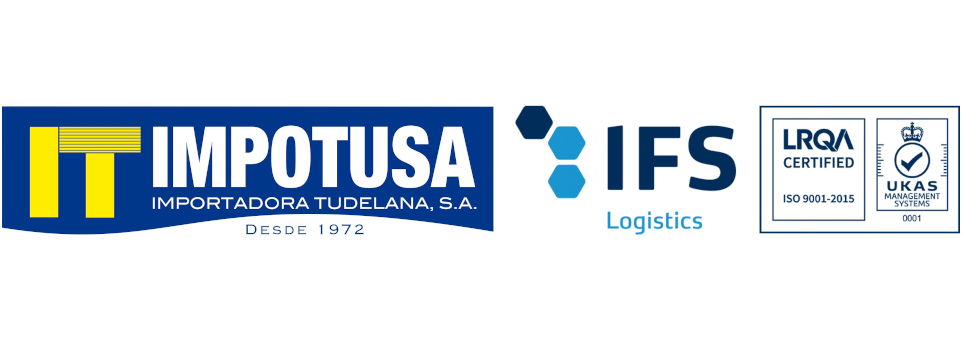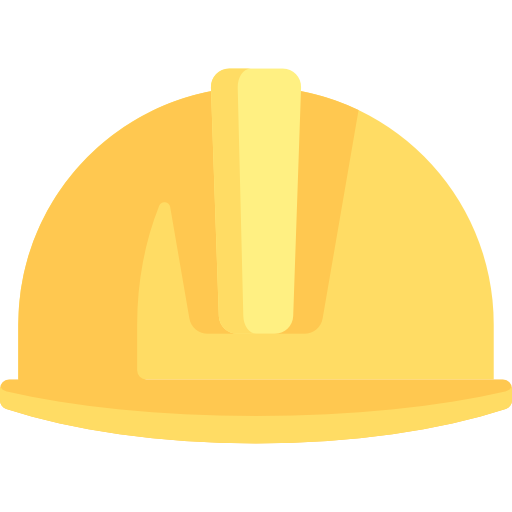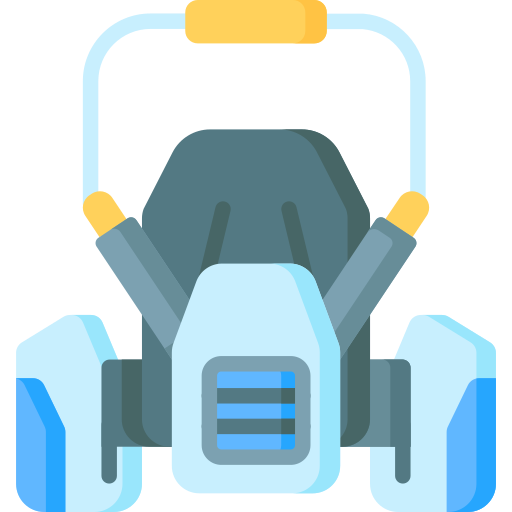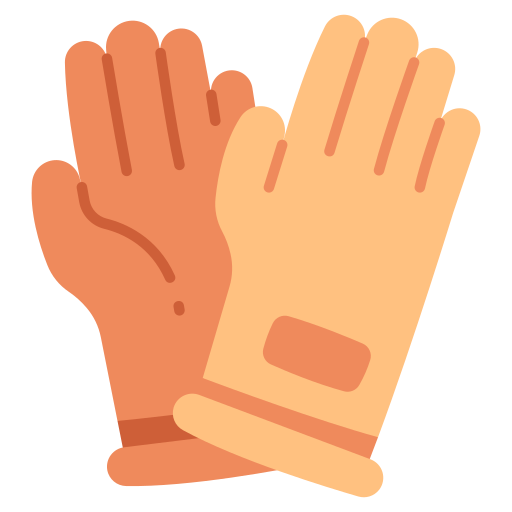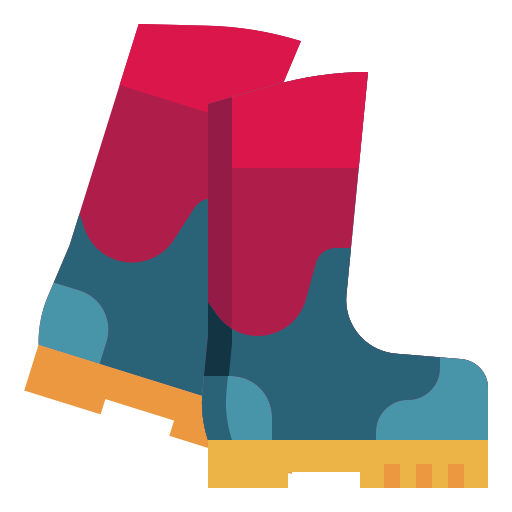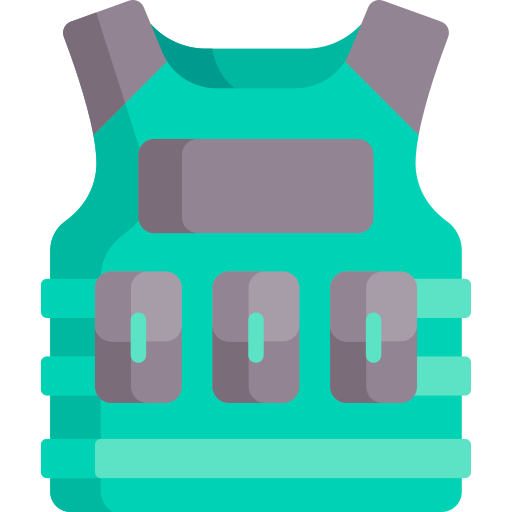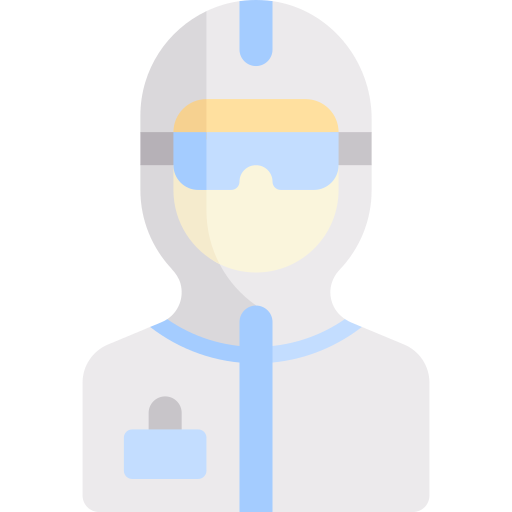- News
- 19947 views
Personal protective equipment (PPE) is one of the elements that, for the prevention of occupational risks, is mandatory and fundamental for the performance of most jobs.
The function of PPE at work is to protect the employee against any type of danger in the work environment. In this article we review the different types of epis that exist depending on their risk category. Let's go there!
Classification levels
of the EPIS
Category 1
Category 1 personal protective equipment has a simple design that provides protection against light.
- Garden gloves.
- Gloves for handling hot parts or objects at a temperature below 50ºC.
- Clothing or footwear to protect yourself from atmospheric agents that are neither exceptional nor extreme.
Category 2
Category 2 personal protective equipment has an intermediate complexity design that provides intermediate protection :
- Specific protective equipment for hands and/or arms.
- Specific protective equipment for feet and/or legs.
- All helmets.
- All equipment intended to fully or partially protect the face.
- Facial, mouth and eye protectors and screens for health protection against COVID-19.
Category 3
They are personal protective equipment whose design is complex, intended to protect the user from any mortal risk or any danger that could seriously or irreversibly damage their health:
- All protective devices designed and manufactured to protect against falls from a considerable height.
- All respiratory protective equipment intended to protect its user against solid and liquid aerosols or gases.
- In the use of ozone generators, arcs and disinfection cabins or UVC lamps.
Types
EPIS
In this section we will analyze the different types of PPE that exist:
We find PPE such as safety helmets (used in construction sites, mines...), as well as caps made of special fabrics or special helmets, designed for use in contact with fire or certain chemical products.
The ear is a very sensitive organ that sometimes goes unnoticed. It is important to think about protections such as earplugs, earmuffs, protections that can be attached to helmets, etc., as well as intercom devices.
The main types of PPE in terms of eye protection are glasses . Likewise, protective screens are very useful to protect both the eyes and the rest of the face. We are talking, for example, about welding masks.
There are certain jobs that put employees' respiratory tracts at risk. In this case we must think about the types of PPE that protect this area of the body: we will think about filtering, insulating and respiratory equipment.
The protagonists here are the gloves and sleeves : against mechanical, chemical, electrical or thermal attacks...
Safety footwear is key to protecting the feet: safety boots, work boots, with protection against extreme cold or heat, against possible damage derived from electricity...
Vests, jackets, aprons, belts or girdles can be great protection for the trunk and abdomen area: against perforations, cuts, chemical hazards, thermal hazards, against X-rays...
There are some types of PPE designed to cover and protect the body in its entirety: anti-fall devices, harnesses, protective clothing against dust, anti-gas, against low or high temperatures, against chemical and mechanical attacks, etc.
WORK HELMET FOR HEIGHTS
CLAUDIA HERNANDEZ S2 SHOE
VK00 TS003 240 IMPEDANCE METER
TESTO FOOD INSPECTOR KIT
SHAVER WITH SUCTION SYSTEM
MESH GLOVE WITH PLASTIC STRAP...
MESH GLOVE WITH PLASTIC STRAP...
MESH GLOVE WITH PLASTIC STRAP...
Now you know a little more about Personal Protective Equipment (PPE) and how important they are to take care of our safety in the work environment.
At Impotusa you will find a wide catalog where you can find all kinds of items for individual protection. If you need help, do not hesitate to contact us .
